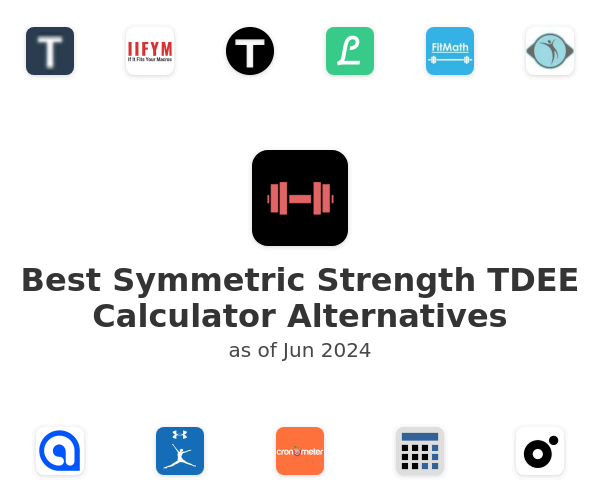

#CRONOMETER VS LIFESUM FREE#
Only basic nutritional info – The free app comes with only the very basics (calories, fat, protein, carbohydrates).It’s the tradeoff you take to include those submissions, but if accuracy is a high priority, this could be a deal breaker. Inaccuracies in food database – Because user submissions are allowed, some are inaccurate.

If you only use your phone, this isn’t a big deal.
#CRONOMETER VS LIFESUM FULL#
I personally eat mostly whole foods, so having a big database full of packaged food brands doesn’t matter to me, but to you it might. Which option is better? That depends on you. This allows you to search for specific brands (like PlantFusion in the picture below), and get results, rather than having to add it as a custom food yourself. Like MyFitnessPal, Lifesum allows users to add food to the database in an attempt to have the most thorough database possible. The tradeoff is that the accuracy goes down and the nutritional information is often incorrect. If you allow users to add custom foods, you’ll get a much larger database, with a lot of processed foods and foods from restaurants. How Comprehensive is Lifesum’s Food Database?įood trackers have 2 basic options: let users add custom foods to their food database for others to see, or don’t. Once you create a meal, you can quickly add it to your food diary in the future instead of having to re-add the foods every time. The meal macro-nutrients are updated below. You can pick whichever title you’d like, and specify the number of servings in the meal.įrom there you just add ingredients to the list using the super obvious “add food to Meal” button in the middle of the screen.

Instead, you’ll add a food or meal, which will look like this: Pretty straightforward.įrom the previous screen, you can also pick from your “recent” or “favorite” foods, or pick the “create new” option, which brings up the ability to create your own custom food entry, recipe, or meal.įor the most part you won’t be creating recipes. The search results are easy to understand and barely take a second to show up.Ĭlicking a search result will bring up the page for that food where you can see major macro-nutrients and choose a serving size. Typically you’ll use the top menu to search for a food to add. It seemed to work well for me, and I haven’t seen any major complaints about it elsewhere. The barcode scanner is a feature that not all food tracker apps offer, and even then it’s hard to do it well. Picking one (say breakfast), brings up a screen like the following: There are 5 standard options in the circular menu, nothing too crazy here.
#CRONOMETER VS LIFESUM PLUS#
When you want to add food (or an exercise) to your day, you can either click in each individual section (breakfast, lunch, etc.), or the green plus circle at the bottom right of the home screen, which brings up the following: I have no complaints about this, it’s a great design that packs a lot of useful information into a small space. Additionally you’ll see carbs, protein, and fat for the day. When you load up the app, you’ll see a minimalist dashboard that shows you how many calories you’ve eaten, burned, and can eat to hit your goal calories for the day.

How Comprehensive is Lifesum’s Food Database?.


 0 kommentar(er)
0 kommentar(er)
